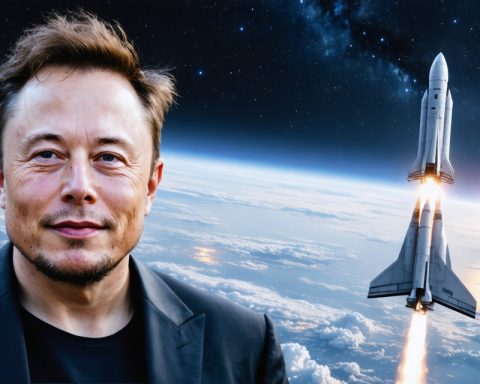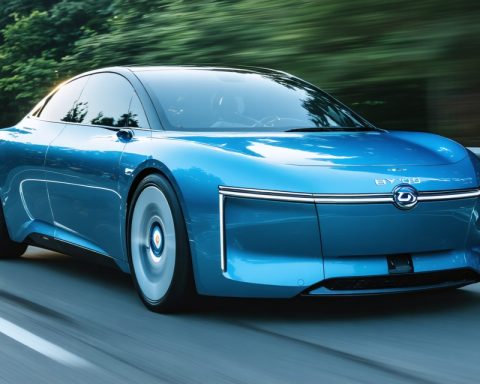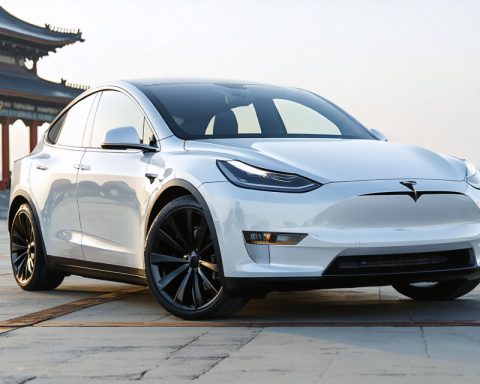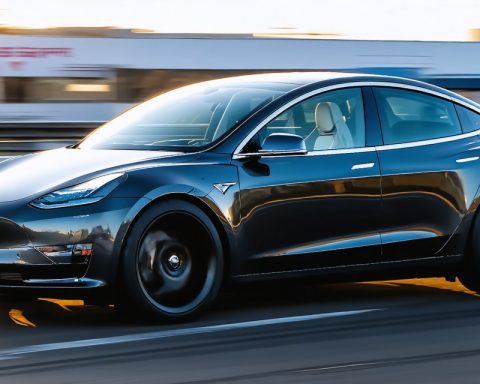- Japan is collaborating with Tesla to establish a major energy storage project using 142 Megapacks with 548 MWh capacity by 2027.
- This initiative is part of Japan’s strategy to integrate renewable energy and reduce reliance on fossil fuels, supporting its 2050 net-zero emissions goal.
- The Megapacks will help balance Japan’s grid by storing excess solar and wind energy, addressing the unpredictability of renewable sources.
- Japan is the fourth-largest solar power producer, with significant progress in reducing carbon emissions by 20%.
- Tesla’s Megapacks are part of a global shift toward clean energy, with projects emerging in Belgium, Australia, and the USA.
- Japan’s project underscores a transformative movement in energy consumption, emphasizing a future driven by stored clean energy.
In a concrete step towards a sustainable future, Japan is set to host one of its largest energy storage projects yet, joining forces with Tesla to supercharge its clean energy ambitions. Over the coming years, 142 of Tesla’s mighty Megapacks will rise in central Japan, promising to store an impressive 548 megawatt-hours of power. This endeavor, spearheaded by financial powerhouse ORIX, is slated for completion by 2027 and marks a significant milestone in Japan’s quest to embrace renewable energy.
Envision the Megapacks as Tesla’s answer to global energy woes: each a colossal battery waiting to soak up excess solar and wind energy, like a crucial dam for a renewable future. In a land where the sun frequently graces its presence, Japan stands as the fourth-largest solar power producer globally. However, the unpredictability of renewable energy sources requires robust infrastructure to ensure steady power supplies. Enter the Megapacks, whose presence at the new facility promises smoother integration of renewable energy into Japan’s grid, reducing reliance on fossil fuels.
This project aligns seamlessly with Japan’s ambitious decarbonization strategy. The island nation, once trailing in clean energy adoption, has made significant strides, cutting planet-warming pollution by 20% with eyes firmly set on achieving net-zero by 2050. Such advances are critical for a country responsible for 3% of global carbon emissions, a significant footprint for a nation only accounting for 1.5% of the world’s population.
But Japan isn’t an outlier. Tesla’s Megapacks are making waves across the globe. Projects are springing up from Belgium to Australia and the United States, each one a brick in the edifice of a new, cleaner energy era.
In this global tapestry of cleaner energy initiatives, Japan’s commitment reinforces a broader narrative: the world is shifting gears. It’s a dynamic moment where technology and environmental stewardship entwine, inviting us all to rethink energy consumption.
Amid this energy revolution, the use of Tesla’s Megapacks isn’t a mere trend—it’s a transformative movement. As nations race toward sustainability, it’s clear: the future is bright, and it hums with the quiet power of stored clean energy.
The Bold Shift Towards Energy Storage: Japan and Tesla’s Megapack Collaboration
Introduction: The Future of Energy Storage
Japan’s commitment to deploying Tesla’s Megapacks is more than just an energy project; it signifies a pivotal shift towards a cleaner and more sustainable future. As nations worldwide strive towards decarbonization, Japan’s initiative underscores a crucial step in global efforts to meet rising energy demands sustainably.
Key Features of Tesla’s Megapacks
– Capacity and Performance: Each Tesla Megapack can store over 3 megawatt-hours (MWh) of energy, making it a powerhouse in energy storage solutions. The planned project comprises 142 Megapacks, equating to a substantial 548 MWh capacity.
– Efficiency and Quality: Megapacks offer 90% round-trip efficiency, ensuring that most of the energy stored returns for usage without significant losses.
– Scalability: These units are modular and easy to install, making them scalable to various sizes depending on the project’s needs.
For more insights into Tesla’s technology, check out Tesla’s official website.
Japan’s Renewable Energy Landscape
– Current Status: Japan stands as the fourth-largest solar power producer globally. With an increasing shift towards wind and solar power, reliable energy storage becomes pivotal.
– Decarbonization Goals: Japan aims to achieve net-zero emissions by 2050. Initiatives like the Megapack deployment align with these ambitions, offering a practical solution to balance renewable energy variability.
How-To Tips: Integrating Megapacks into National Energy Systems
1. Evaluate Energy Needs: Assess national or regional energy demands to determine the appropriate size and number of Megapacks required.
2. Grid Assessment: Ensure the grid’s infrastructure can support the integration of large-scale battery storage systems.
3. Regulatory Compliance: Work with governmental bodies to navigate any regulatory requirements related to large-scale energy storage.
Controversies and Limitations
– Cost: Initial costs for deploying Megapacks can be high, though they typically offer long-term savings on energy costs.
– Technological Dependence: Reliance on technology may challenge countries with less developed technological expertise or infrastructure.
Market Forecasts and Industry Trends
– Global Adoption: Countries worldwide are recognizing the value of energy storage solutions, signaling a growth trend.
– Investment Growth: Increased investments in storage technology are expected as nations transition from fossil fuels to renewable energies.
Security and Sustainability
– Resilience: Battery storage systems enhance grid resilience by storing excess energy during peak production times.
– Environmental Impact: Megapacks contribute to reduced fossil fuel consumption and lower carbon emissions, fostering environmental preservation.
Conclusion and Quick Tips
– Start Small and Scale: Enter the energy storage market with smaller projects, gradually scaling based on success and demand.
– Collaborate with Experts: Partnership with companies like Tesla ensures state-of-the-art technology and efficient deployments.
– Stay Informed: Keep abreast of technological advancements and policy changes in energy storage to maximize benefits.
The global energy landscape is evolving rapidly, with Japan’s Megapack project setting a high standard for future endeavors. Embracing these innovations opens pathways towards a sustainable and prosperous energy future.


















